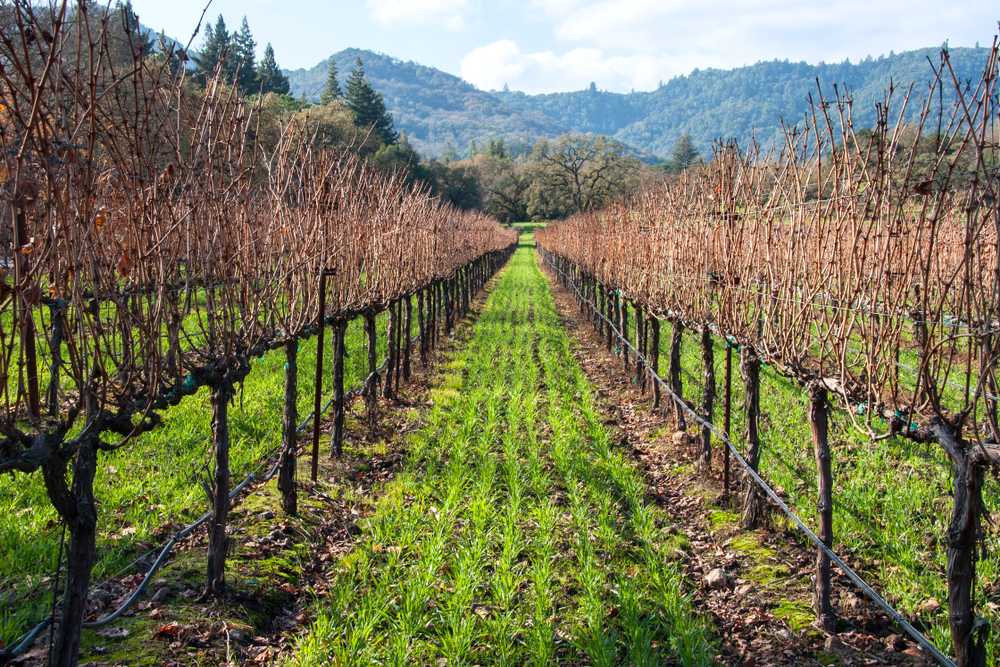If plants could run away from poor soil and growing conditions, I believe that they would. But, since they cannot, we need to focus on building soil health.
Farming practices are increasingly being influenced by consumer demand, the banning of old and restrictive chemistries, mandated water quality standards and the introduction of new technologies. Old agriculture was intensive, required lots of fertilizers and pesticides, disregarded soil health, and produced decreasing crop yields over time. New agriculture is focused on soil biology, soft chemistries, soil amendments, no till, precision farming, automated irrigation, and less fertilizer.
Soil biology is complex. Instead of disrupting it, we should work to complement its natural processes. One important way to accomplish that is to focus on Plant Growth Promoting Rhizobacteria, or PGPR. They reside on the surface of roots and work symbiotically with the host plant. PGPRs comprise of the bacterial species Pseudomonas, Azospirillum, Azotobacter, Klebsiella, Enterobacter, Alcaligenes, Arthrobacter, Burkholderia, Bacillus, and Serratia, which all enhance plant growth and yield production.
Nourished by the host plant through root exudation, these microorganisms produce lipopeptides/bio-surfactants that inhibit the growth of phytopathogens, siderophores that chelate iron, enzymes that are essential organic catalysts for molecular activity and, finally, Systemic Induced Resistance or SIR elicitors that activate the plant’s own defensive mechanisms.
Rhizobacteria reduce the need for chemical fertilizers. One way this happens is through the plant’s use of ionophores that are produced naturally by a variety of microbes. Ionophores are molecules that act as shuttles for particular ions across the lipid membranes of plant root cells without expenditure of energy, thus providing free transport for the uptake of nutrients.9
Nurturing the soil and the plant with biologics, natural soil amendments and plant extracts like seaweeds are key to building soil and plant health and reducing plant diseases. Andaman Ag carries an array of top-tier products that produce results growers can count on.




